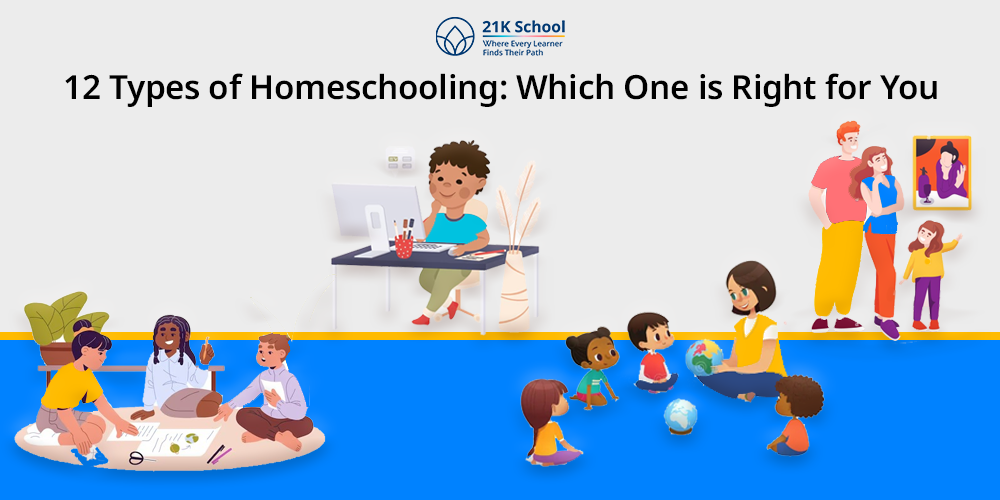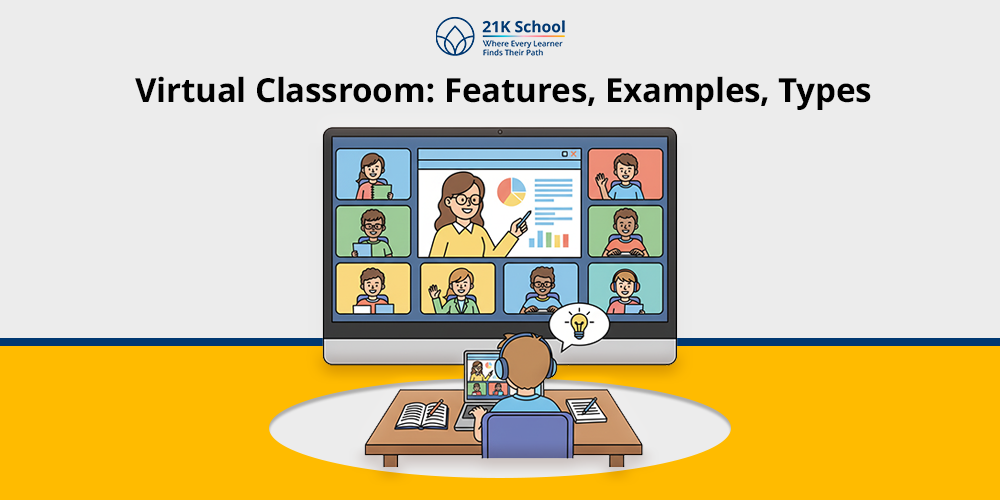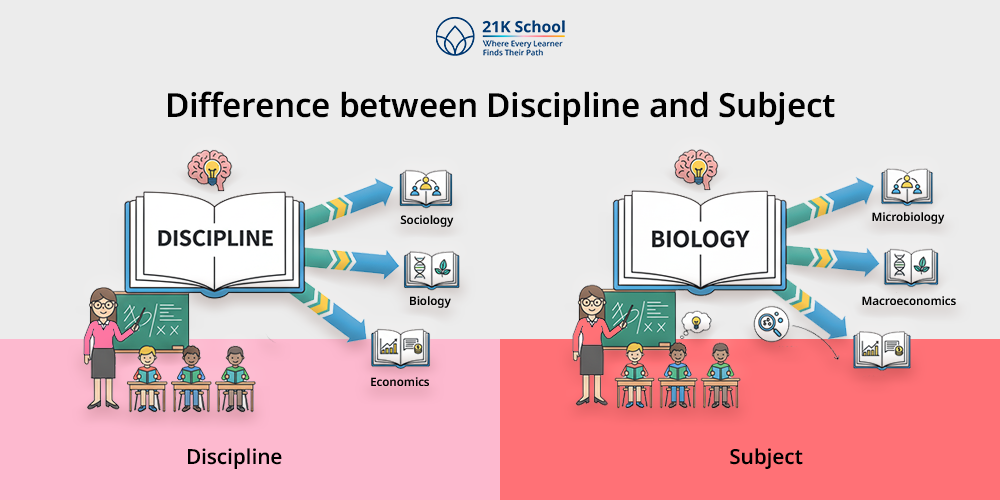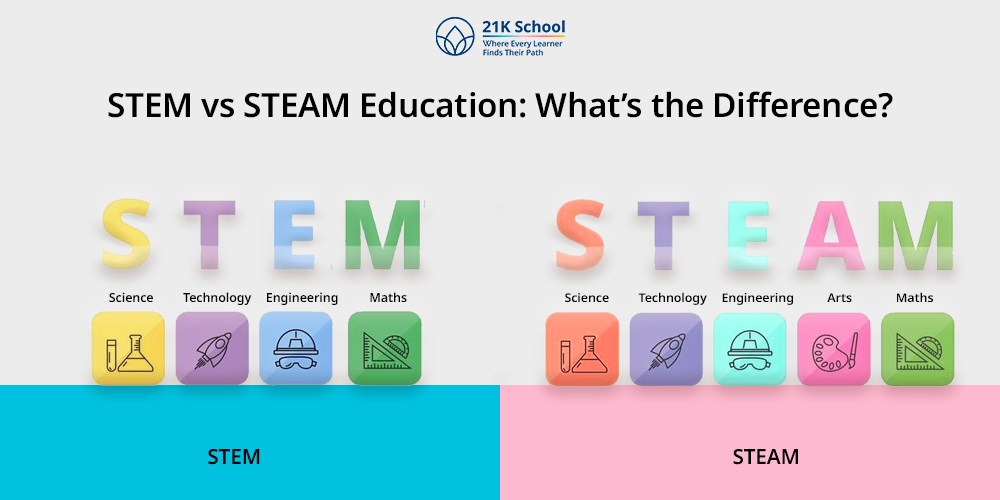
Homeschooling is a popular term that offers various benefits to learners, facilitators and parents.
Learners now can access personalised learning flexibility, a supportive learning environment and chance to customise education in their own space.
But it is more famous due to the fact that learners can avail different types of homeschooling techniques based on their requirement.
The crucial part is selection of the right type of homeschooling that benefits each individual. That’s why one must explore the advantages and disadvantages of homeschooling too.
Here we will understand some common types of homeschooling which help you to discover which is the best among all based on lifestyle, goals and learning style.
Table of Contents
What is Homeschooling?
A learning approach in which parents educate their children at home instead of sending them for regular or traditional schooling is known as homeschooling.
There are a lot of differences between homeschooling and traditional schooling from its curriculum, approach, flexibility in learning and education model.
Also go through homeschooling curriculum in detail to choose the right path for future education.
12 Types of Homeschooling
There are different categorisations of homeschooling, each type having its own advantages and disadvantages.
To understand which homeschooling type is most appropriate for learner must go through the below points:
1. Online Schooling
Online schooling refers to an online platform, website and digital resources to provide instructions, lessons, assignments and curriculum.
The approach is similar to traditional schooling but with flexibility such as from home.
Pros of online schooling are minimal lesson planning, accredited programs available, and access to certified teachers.
Cons of online schooling are limited hands-on activities, less flexibility in scheduling, and screen-heavy learning.
- Best for: It is ideal for those who want minimal curriculum planning and a fixed environment.
2. School at Home
School at Home is different from online schooling; it replicates the traditional schooling features such as syllabus, curriculum etc.
Pros include a familiar format, easy to track academic progress and often aligned with state standards.
Cons like individuals can feel rigid and it may not cater to individual learning styles and time-consuming for parents.
- Best for: It is ideal for learners who prefer home cooling but with traditional learning and looking for discipline.
3. Classical Homeschooling
Classical homeschooling focuses on a structured approach to learning. It follows a three-stage “Trivium” approach. This approach focuses on grammar, logic, and rhetoric.
Pros of classical homeschooling emphasize critical thinking, rich in literature and history and encourages lifelong learning.
Cons such as heavy reading and memorization. Learners may feel intense for younger kids.
- Best for: Parents who are looking for indepth learning with a time tested method.
4. Charlotte Mason
Charlotte Mason is a technique where individuals are focused on a balanced approach. This means giving importance to learning and undergoing outdoor activities.
For example, sit under the tree and read books.
Advantages like gentle learning pace, encourages curiosity, observation and focus on good habits and moral values.
Disadvantages such as less focus on technology and it may require more parent involvement.
- Best for: Learners who love nature or real life learn to build individual character.
5. Eclectic Homeschooling
Eclectic homeschooling, one of the flexible homeschooling connects elements for creating a supporting learning environment. It used multiple techniques of learning.
Pros of eclectic homeschooling such as highly adaptable, can change as the child grows and allows creativity and personalization.
Explore why creativity is important to a child development as a 21st century skills.
Cons of eclectic homeschooling requires more planning and can become disorganized without structure.
- Best for: Ideal for families who want flexible learning with an open environment.
6. Unschooling
Learning is child-led and interest-driven, rather than following a traditional curriculum or schedule is known as unschooling.
Here learning through exploration, real life experiences and curious kids take education.
Common advantages are encouraging natural curiosity, no pressure or rigid schedules and fosters independent thinking.
While disadvantages like lack academic structure, difficult to track progress and not suit all personalities.
- Best for: Many people focus on schooling due to its child-led learning and modern education system.
7. Montessori
Montessori homeschooling is based on Dr. Maria Montessori’s philosophy.
The aim of Montessori is self-directed learning, hands-on materials, and a prepared environment.
Pros include learner-paced growth promotes independence and responsibility, and strong on sensory and motor skills.
Go through various online learning strategies to develop motor skills.
Cons like materials can be expensive and require space for a prepared environment.
- Best for: This type is effective for learners seeking a holistic approach and independence in learning.
8. Unit Studies
In unit studies using multiple subjects like science, math, arts around one theme or topic. Students here get flexibility and creativity.
It helps in holistic education and interconnected learning experience.
Pros of Unit studies covers families with multiple children and kids who enjoy immersive learning and thematic learners.
Cons such as requires effort to plan and coordinate subjects and miss out on skill-building in isolated subjects.
- Best for: Those who enjoy creativity in different subjects can choose unit studies.
9. Project-Based Homeschooling
Project-based homeschooling offers opportunity to learners to explore various project based learning activities which increase engagement.
Learners can go through research topic analysis in detail, build and present in an effective way.
Pros of project-based homeschooling are developing problem-solving and collaboration skills, encouraging ownership and creativity to integrate multiple subjects naturally.
Understand why these activities of project based learning play a major role in kids learning.
Common cons are lack structure without careful planning that needs time and patience.
- Best for: Learners who want to feel the application of real world knowledge and skills in a student-led learning environment.
10. Waldorf Homeschooling
One of the popular types of home schooling is Waldorf in which learners mainly focus on holistic approach, imagination, creativity and storytelling in learning.
It is an effective and easily adaptable option for parents of home schooled kids.
Pros include being rich in arts and nature, encouraging emotional intelligence and balanced, age-appropriate curriculum.
Cons are too slow-paced for some individuals and limited focus on early academics and technology.
Best for: Learners looking for art based learning can opt Waldorf homeschooling.
11. Roadschooling
Road schooling, a learning experience in which kids explore the world while gaining knowledge. Here parents play a major role in planning the travel and other crucial elements.
Learners experience games about real world scenarios that are engaging and fun to learn.
Advantages of roadschooling such as making learning exciting and relevant, opportunities for cultural exposure and builds adaptability.
Disadvantages include it requiring flexible planning and limited access to community resources.
- Best for: Adventure and experiential learning is the main objective of roadschooling due to which learners choose it.
12. Gameschool
Gameschool or gameschooling is ideal for homeschooled children who don’t like textbooks or traditional learning methods.
In this type, facilitators focus on game or play based learning with the help of digital tools, the objective is to interact and engage learners.
Pros like great for family bonding, makes learning engaging and low-pressure, builds critical thinking skills and social skills.
Cons of gameschool are harder to measure progress, needs balance with deeper study and become overly recreational.
- Best for: Children who want to learn in a playful environment instead of traditional education.
How to Choose the Right Homeschooling Type?
Some people find it difficult to choose the right fit homeschooling type according to their scenario.
However given steps can help learners and families to do so:
1. Understand Homeschooling Styles
Understanding different kinds of homeschooling styles mentioned above in detail can be helpful in the selection.
Think wisely and consider each point before making any decision. Kids can also read the tips for creating a homeschooling schedule.
2. Consider Your Child’s Needs
If you are a parent and selecting the right type for your kid remember to choose based on your child needs. This helps them to learn easily and comfortably in the future.
Here, you can go through how online schools can support homeschooling parents.
3. Evaluation of Family Requirements
Homeschooling impacts both learners and parents because it creates a home based learning environment. So considering the requirements of family is a must.
4. Take a Demo and Choose Wisely
After understanding each aspect learners can take a demo to research, explore and experiment each one in real life.
Remember to choose effectively for educational growth and development.
Conclusion
Opportunities that transform students learning through home based education or home schooling can be an impactful experience learners should try. Here, you can go through how does homeschooling works.
However, selection of the right kind of home schooling is more important and effective for further learning, comfortability and higher education. Also, is online homeschooling in India effective?
Whether a kid has already entered homeschooling or is starting a new journey, selection of the right one is not only helpful for learners but also their families. Explore the beginners guide to homeschooling.
Go through each of the types of homeschooling to understand the different advantages and disadvantages to choose the best out of all. One can also look at the top 10 frequently asked questions about homeschooling.



